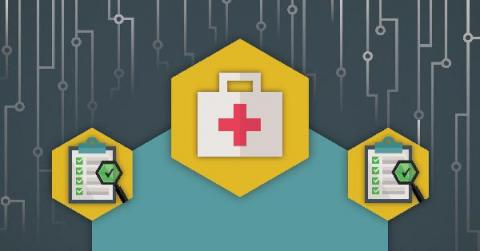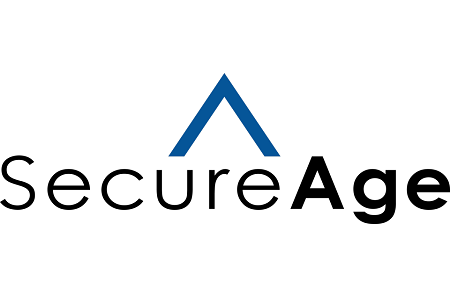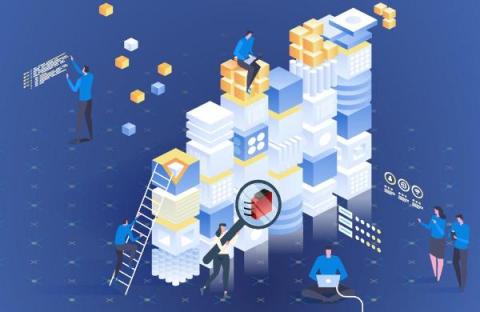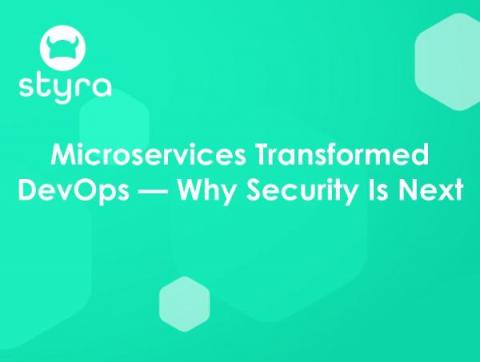Cybersecurity Best Practices for Companies
The modern threat landscape has evolved enormously in the past few years. Cybercriminals launch increasingly sophisticated attacks, and these attacks have only gotten worse since the arrival of the COVID-19 pandemic and the move to remote work.










